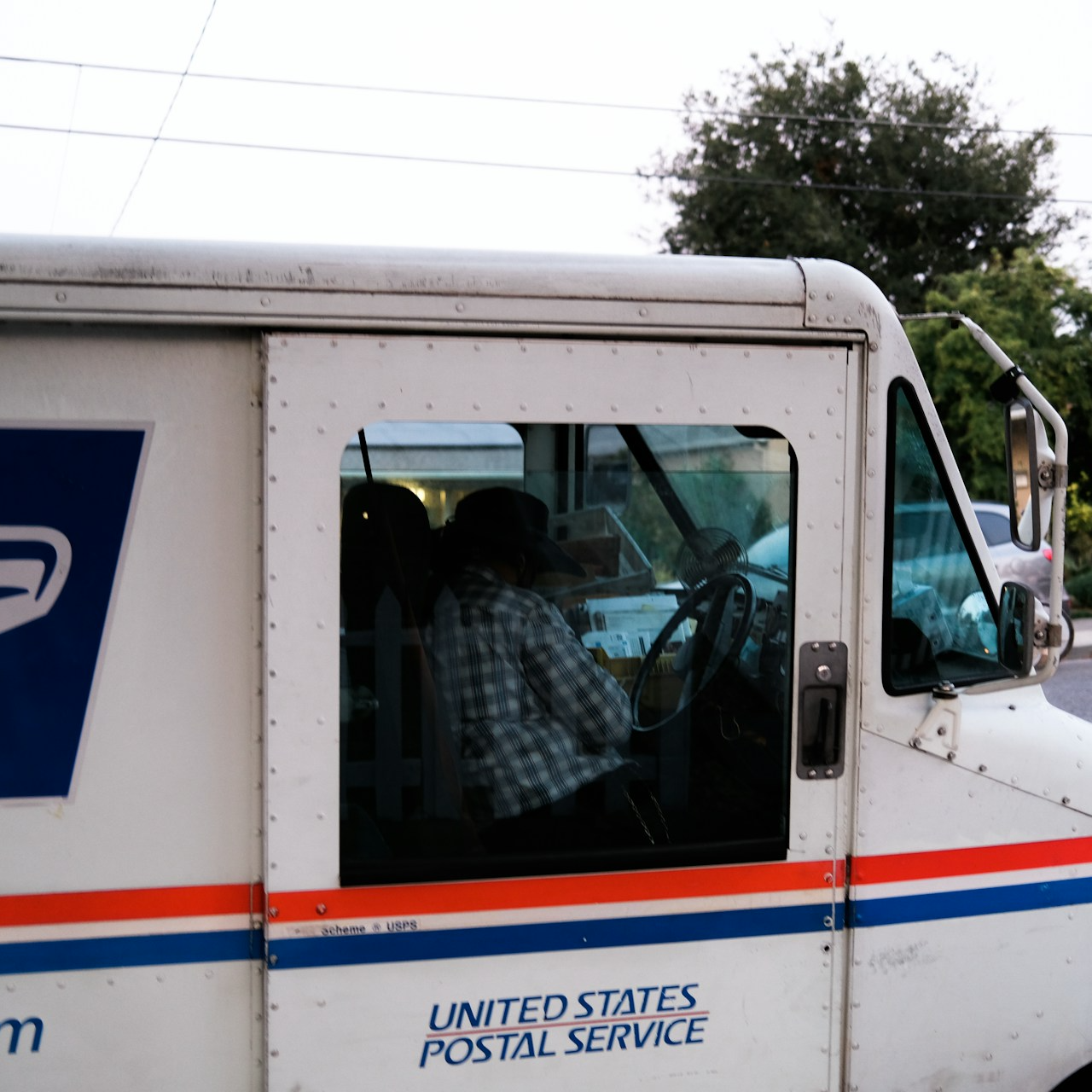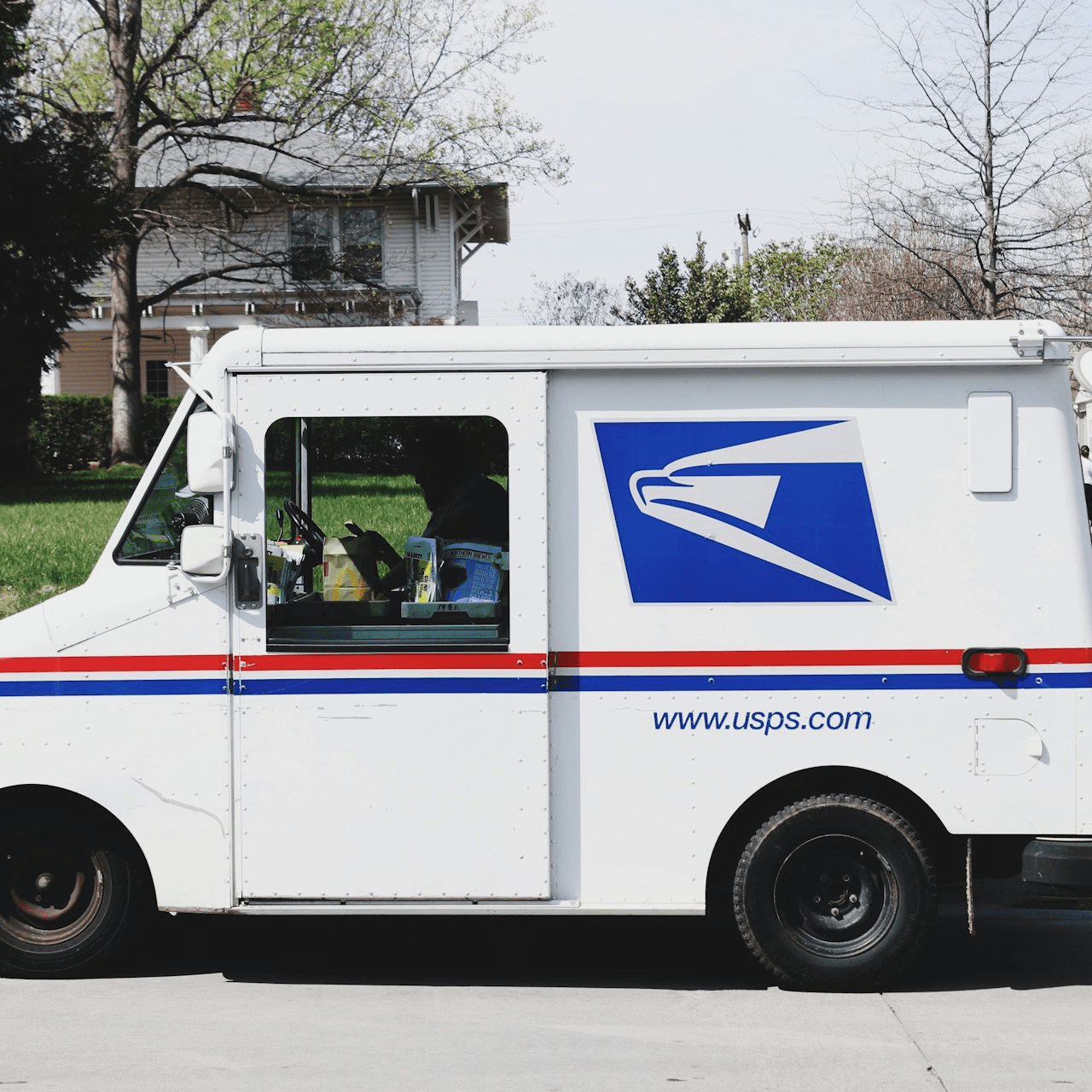Key Takeaways
-
Open Season for PSHB plans offers the opportunity to adjust your health benefits for the coming year, but timing is critical.
-
Knowing the requirements, deadlines, and steps ensures a smooth enrollment process and avoids interruptions in coverage.
Understanding Open Season for PSHB Plans
Open Season is a pivotal time each year for Postal Service employees, annuitants, and their families to review and adjust their health coverage. For 2025, Open Season occurred from November 11 to December 13, 2024. Changes made during this period take effect on January 1, 2025. Missing these deadlines can lead to missed opportunities for better coverage or unexpected costs.
Open Season is not only about reviewing existing plans but also about exploring new options introduced each year. With varying levels of premiums, benefits, and network coverage, it’s an opportunity to align your healthcare with your changing needs. Being proactive ensures you’re not caught off guard by unforeseen health expenses or lack of essential services.
Why Open Season Matters
The transition to the Postal Service Health Benefits (PSHB) Program has brought new rules and options. This annual window ensures you can:
-
Update your current plan to better suit your health needs.
-
Adjust coverage to include eligible family members.
-
Align benefits with Medicare if you’re eligible.
Failing to act during Open Season may mean waiting another year to make changes unless you experience a Qualifying Life Event (QLE). Additionally, with changing healthcare needs, it’s crucial to evaluate your plan annually to ensure it’s still the best fit for you and your family.
Who Needs to Enroll?
While many participants are automatically enrolled in a corresponding PSHB plan, others must take action:
-
New Employees: First-time enrollees need to select a plan to activate coverage.
-
Medicare-Eligible Participants: If you or a family member are required to enroll in Medicare Part B for PSHB eligibility, it’s crucial to coordinate enrollment.
-
Changing Family Dynamics: Those experiencing changes, such as marriage, divorce, or a new dependent, should update their coverage.
Changes in employment status or a family member’s eligibility can also necessitate action. Understanding who needs to enroll and taking timely steps ensures continuous, appropriate coverage.
Key Deadlines to Keep in Mind
-
Open Season Dates: November 11 to December 13, 2024.
-
Effective Date for Changes: January 1, 2025.
-
Special Deadlines for Medicare: If you’re Medicare-eligible, enroll in Part B during your Initial Enrollment Period to avoid late penalties.
Mark these dates on your calendar to ensure you don’t miss the opportunity to adjust your benefits. Remember, these deadlines are non-negotiable, so staying organized is essential to avoid last-minute issues.
Preparing for Enrollment
Proper preparation can make the process smoother and help you select the best plan for your needs.
1. Review Your Current Plan
Start by evaluating your current health plan. Check:
-
Monthly premiums, deductibles, and copayments.
-
In-network vs. out-of-network costs.
-
Coverage for specialists, medications, and preventive care.
2. Understand Your Needs
Consider any recent or upcoming changes in your health or family situation. Ask yourself:
-
Do you anticipate increased medical needs?
-
Are your current providers still in-network?
-
Do you need enhanced vision, dental, or hearing benefits?
3. Compare Available Plans
Use the plan comparison tool provided by the U.S. Office of Personnel Management (OPM) to explore your options. Look for plans that balance affordability with comprehensive coverage. Pay attention to specific benefits that might align better with your personal or family needs.
4. Verify Eligibility Requirements
Ensure all family members meet eligibility criteria. Dependents typically include:
-
Spouses.
-
Children under age 26.
-
Disabled adult children incapable of self-support.
Additionally, if you’re unsure about your eligibility or that of your dependents, consult official resources to clarify.
Navigating the Enrollment Process
Once you’re prepared, follow these steps to successfully enroll or make changes to your PSHB plan.
Step 1: Log In to Your Online Portal
Most enrollees can manage their benefits through the official PSHB enrollment platform. You’ll need your login credentials or may need to register if it’s your first time accessing the system.
Step 2: Review Plan Options
Carefully review the available PSHB plans and compare key factors such as:
-
Premium costs.
-
Deductibles and copayments.
-
Provider networks.
-
Coverage for specific services and medications.
Step 3: Select or Adjust Your Plan
Once you’ve selected the plan that fits your needs, follow these steps:
-
Select the enrollment option that corresponds to your desired coverage (e.g., Self Only, Self Plus One, Self and Family).
-
Confirm the addition or removal of dependents, if applicable.
-
Review your selections to ensure accuracy.
Step 4: Submit Your Enrollment
Finalize your enrollment by submitting your choices. You should receive confirmation of your updated plan. Keep this for your records. Double-check that the details match your preferences to avoid any discrepancies.
Special Considerations for Medicare-Eligible Participants
If you’re enrolled in Medicare, coordinating your PSHB benefits with Medicare Part B can reduce out-of-pocket costs. Here’s what to know:
-
Integration Benefits: Many PSHB plans waive deductibles or offer lower copayments for Medicare enrollees.
-
Enrollment Deadline: Enroll in Medicare Part B during your Initial Enrollment Period to avoid penalties.
-
Automatic Prescription Coverage: PSHB participants with Medicare often receive prescription drug coverage through a Part D Employer Group Waiver Plan (EGWP).
Additionally, understanding how Medicare works alongside your PSHB plan is critical to optimizing your coverage and reducing unnecessary expenses.
Avoiding Common Enrollment Mistakes
Even with preparation, it’s easy to overlook important details. Here are common mistakes to avoid:
-
Missing the Deadline: Ensure you enroll or make changes before December 13, 2024.
-
Ignoring Plan Details: Read the fine print to understand what’s covered and what isn’t.
-
Failing to Update Family Information: Ensure all eligible dependents are included.
-
Overlooking Medicare Requirements: If you’re Medicare-eligible, confirm that you’ve met Part B enrollment requirements.
By being diligent, you can avoid these pitfalls and ensure your coverage is uninterrupted and comprehensive.
After Enrollment: What Happens Next?
Once Open Season ends and your changes take effect, you’ll receive:
-
Updated Plan Materials: Your new plan’s details, including ID cards and benefit guides.
-
Confirmation of Coverage: A summary of benefits outlining your updated coverage.
It’s a good idea to review these materials to ensure your selections are accurately reflected. If there are any discrepancies, contact the benefits office immediately.
Staying Informed Year-Round
To make the most of your PSHB coverage, stay informed about:
-
Annual Notices of Change (ANOCs): These documents highlight changes to premiums, coverage, and benefits.
-
Health Plan Resources: Access educational materials and customer support for questions or concerns.
-
Future Open Seasons: Keep an eye out for announcements about next year’s Open Season dates and updates.
Being proactive year-round ensures that you’re always prepared for Open Season and any changes that might impact your healthcare.
Ensuring Peace of Mind with PSHB
The PSHB program provides a variety of plan options to meet the diverse needs of Postal Service employees and annuitants. By taking advantage of Open Season, you can tailor your coverage to align with your health and financial priorities. Don’t let the opportunity pass—act promptly to secure the best possible benefits for yourself and your loved ones. Staying informed and organized will ensure you’re always ahead of your healthcare needs.












